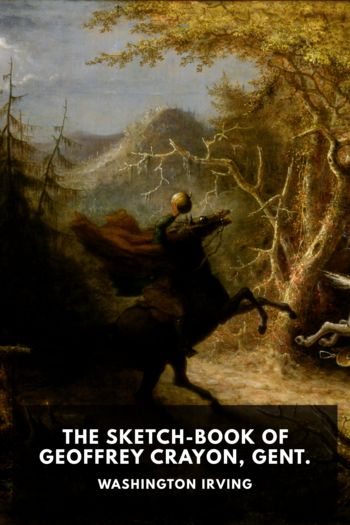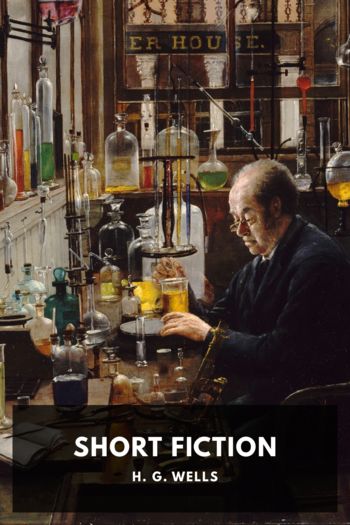The Origin of Species by Charles Darwin (ebook smartphone TXT) 📕

- Author: Charles Darwin
Book online «The Origin of Species by Charles Darwin (ebook smartphone TXT) 📕». Author Charles Darwin
When we look to the hereditary varieties or races of our domestic animals and plants, and compare them with closely allied species, we generally perceive in each domestic race, as already remarked, less uniformity of character than in true species. Domestic races often have a somewhat monstrous character; by which I mean, that, although differing from each other and from other species of the same genus, in several trifling respects, they often differ in an extreme degree in some one part, both when compared one with another, and more especially when compared with the species under nature to which they are nearest allied. With these exceptions (and with that of the perfect fertility of varieties when crossed—a subject hereafter to be discussed), domestic races of the same species differ from each other in the same manner as do the closely allied species of the same genus in a state of nature, but the differences in most cases are less in degree. This must be admitted as true, for the domestic races of many animals and plants have been ranked by some competent judges as the descendants of aboriginally distinct species, and by other competent judges as mere varieties. If any well marked distinction existed between a domestic race and a species, this source of doubt would not so perpetually recur. It has often been stated that domestic races do not differ from each other in characters of generic value. It can be shown that this statement is not correct; but naturalists differ much in determining what characters are of generic value; all such valuations being at present empirical. When it is explained how genera originate under nature, it will be seen that we have no right to expect often to find a generic amount of difference in our domesticated races.
In attempting to estimate the amount of structural difference between allied domestic races, we are soon involved in doubt, from not knowing whether they are descended from one or several parent species. This point, if it could be cleared up, would be interesting; if, for instance, it could be shown that the greyhound, bloodhound, terrier, spaniel and bull-dog, which we all know propagate their kind truly, were the offspring of any single species, then such facts would have great weight in making us doubt about the immutability of the many closely allied natural species—for instance, of the many foxes—inhabiting the different quarters of the world. I do not believe, as we shall presently see, that the whole amount of difference between the several breeds of the dog has been produced under domestication; I believe that a small part of the difference is due to their being descended from distinct species. In the case of strongly marked races of some other domesticated species, there is presumptive or even strong evidence that all are descended from a single wild stock.
It has often been assumed that man has chosen for domestication animals and plants having an extraordinary inherent tendency to vary, and likewise to withstand diverse climates. I do not dispute that these capacities have added largely to the value of most of our domesticated productions; but how could a savage possibly know, when he first tamed an animal, whether it would vary in succeeding generations, and whether it would endure other climates? Has the little variability of the ass and goose, or the small power of endurance of warmth by the reindeer, or of cold by the common camel, prevented their domestication? I cannot doubt that if other animals and plants, equal in number to our domesticated productions, and belonging to equally diverse classes and countries, were taken from a state of nature, and could be made to breed for an equal number of generations under domestication, they would on an average vary as largely as the parent species of our existing domesticated productions have varied.
In the case of most of our anciently domesticated animals and plants, it is not possible to come to any definite conclusion, whether they are descended from one or several wild species. The argument mainly relied on by those who believe in the multiple origin of our domestic animals is, that we find in the most ancient times, on the monuments of Egypt, and in the lake-habitations of Switzerland, much diversity in the breeds; and that





Comments (0)